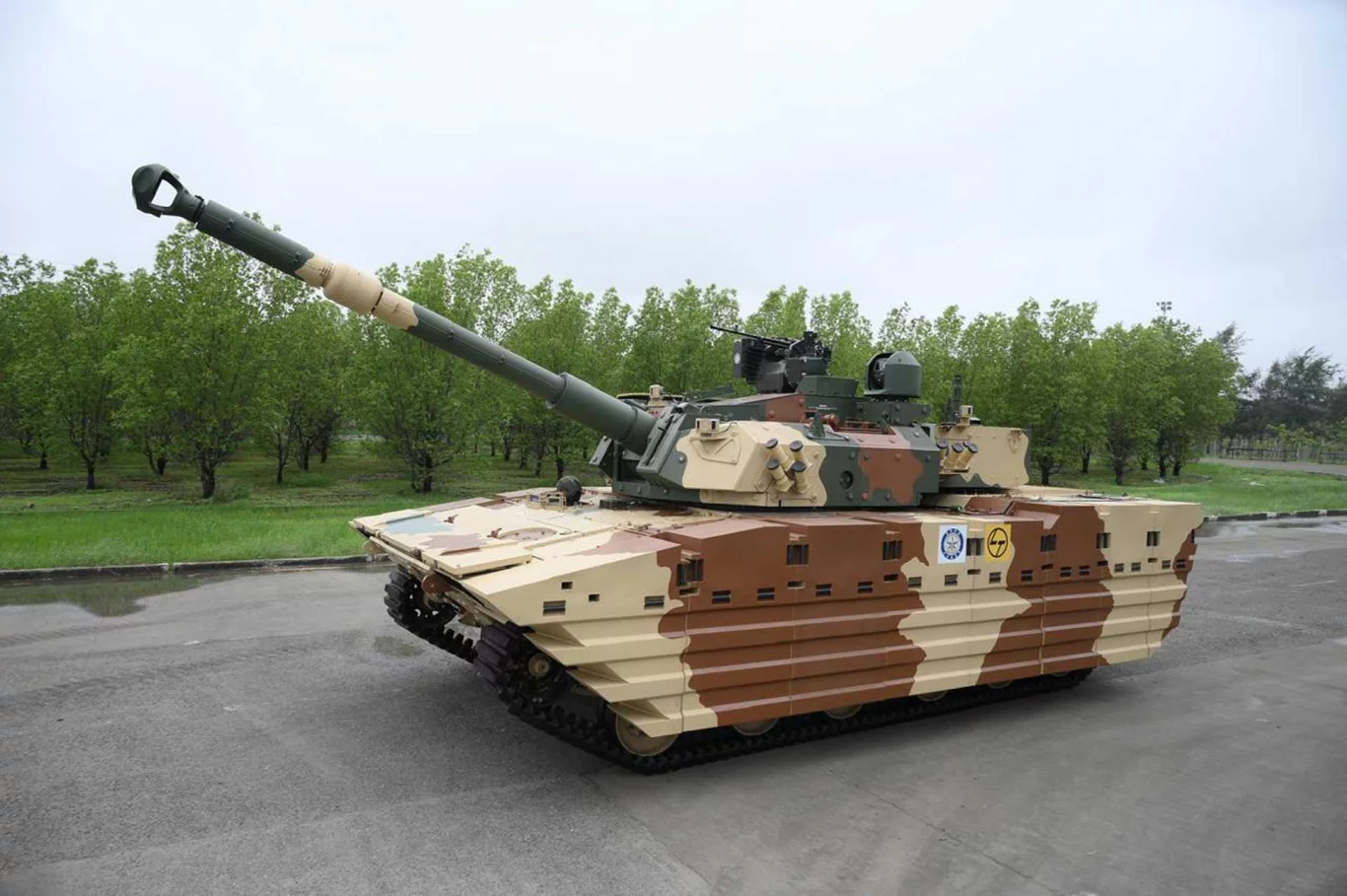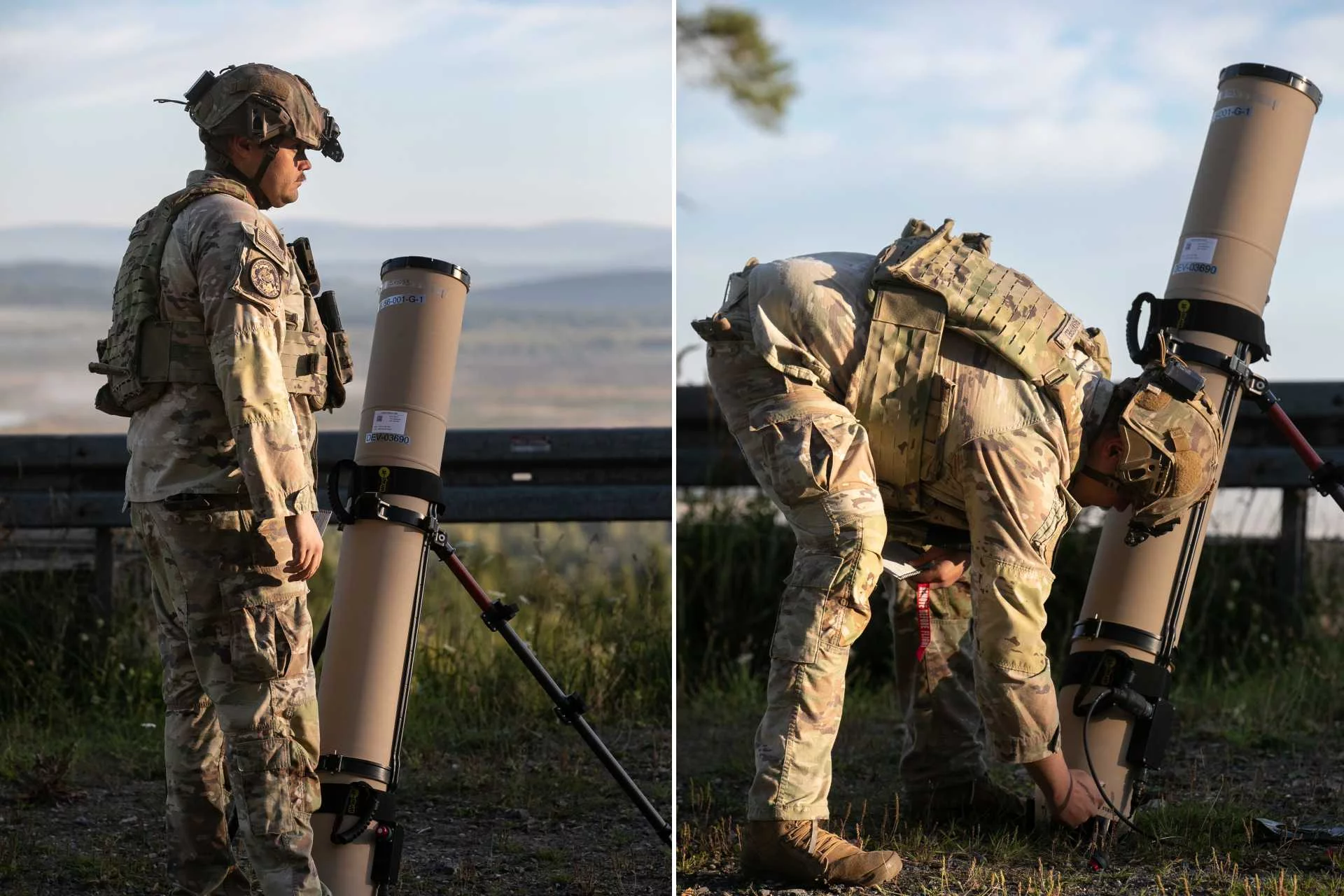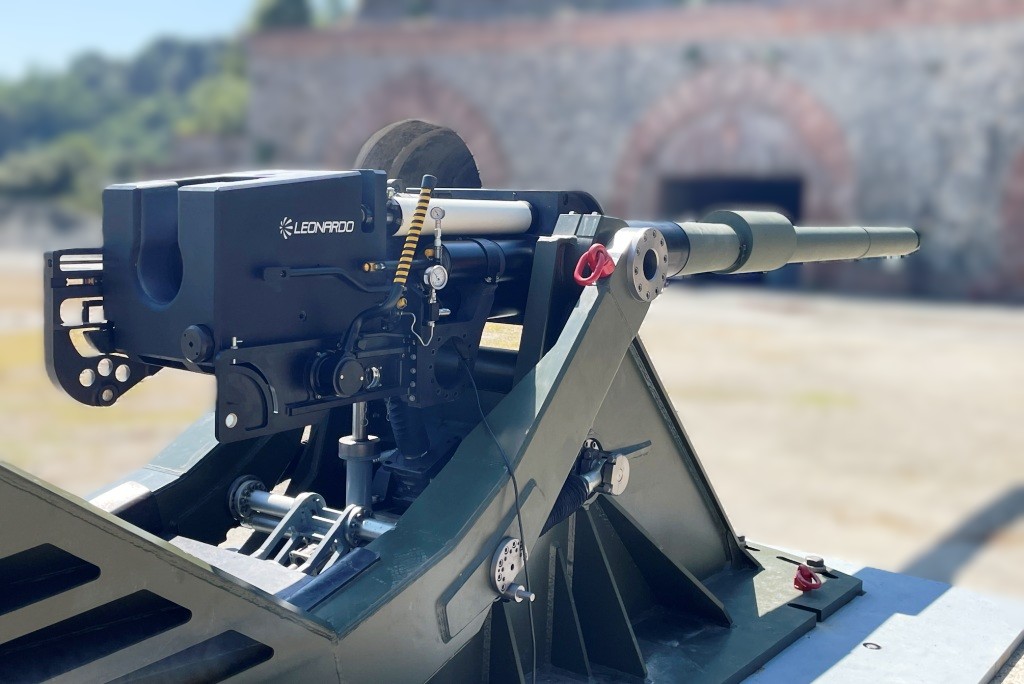The geopolitical landscape is ever-shifting, and for a nation like India with vast and diverse borders, maintaining a robust and agile defense capability is paramount. In this context, the Indian Army’s pursuit of a indigenous light tank, christened “Zorawar,” marks a significant stride towards enhancing its operational readiness, particularly in challenging high-altitude terrains. The recent announcement of new prototype funding to defense giants Tata and Mahindra signals a critical acceleration in this ambitious project, pushing the Zorawar closer to becoming a tangible asset on the battlefield.
The Genesis of Zorawar: A Strategic Imperative
The need for a light tank capable of operating effectively in the treacherous mountainous regions, especially along the northern borders, became starkly apparent during recent standoff situations. Traditional main battle tanks, while formidable, often struggle with the logistical complexities and mobility constraints imposed by such altitudes and unforgiving terrain. This critical gap in capability spurred the initiation of the Zorawar project. The vision was clear: develop a tank that is not only lightweight and easily deployable but also packed with cutting-edge technology to give the Indian Army a decisive edge.
The name “Zorawar” itself is steeped in historical significance, honoring General Zorawar Singh, a legendary military commander who expanded the Dogra kingdom into Ladakh, Baltistan, and Tibet in the 19th century. This symbolic naming underscores the project’s ambition to create a vehicle that can master the very territories that bear his legacy.
Key Design Philosophies and Technological Edge
While specific details of the Zorawar’s design remain under wraps due to strategic confidentiality, certain core philosophies are understood to be guiding its development.
1. Lightweight Agility: The primary characteristic of the Zorawar will undoubtedly be its reduced weight. This isn’t just about making it easier to transport; it’s about enhancing its tactical mobility in environments where heavier vehicles would flounder. This likely involves the extensive use of advanced composite materials and intelligent design to maximize protection while minimizing mass. Imagine a tank that can be airlifted with relative ease to forward positions, offering rapid deployment capabilities that would be invaluable in a crisis.
2. High-Altitude Performance: Operating at altitudes where oxygen is scarce and temperatures plummet demands specialized engineering. The Zorawar will need a power pack optimized for such conditions, ensuring consistent performance and reliability. Its suspension system will also need to be robust enough to handle the uneven and often rocky terrain of the Himalayas.
3. Firepower and Precision: Despite its lighter profile, the Zorawar is expected to pack a significant punch. It’s anticipated to feature a powerful main gun, likely in the 105mm or 120mm range, capable of engaging enemy armor and fortifications effectively. Modern fire control systems, integrated with advanced optics and sensors, will ensure high accuracy and target acquisition capabilities, even in challenging weather conditions. Think of a nimble predator that can strike with precision.
4. Enhanced Protection: While lightweight, the Zorawar will still incorporate advanced armor solutions, potentially including modular armor systems that can be adapted based on the threat environment. Active protection systems (APS) designed to counter incoming anti-tank guided missiles and other threats are also a strong possibility, significantly enhancing crew survivability.
5. Network-Centric Warfare Capabilities: In modern warfare, connectivity is key. The Zorawar is expected to be fully integrated into the Indian Army’s network-centric warfare architecture, allowing for seamless communication, real-time intelligence sharing, and coordinated operations with other platforms. This turns individual tanks into integral nodes of a larger, intelligent fighting force.
The Role of Tata and Mahindra: Industry Prowess
The involvement of Tata Advanced Systems Limited (TASL) and Mahindra Defense Systems (MDS) in receiving new prototype funding is a testament to India’s burgeoning private defense manufacturing capabilities. These industrial giants bring immense engineering expertise, manufacturing prowess, and a proven track record in delivering complex defense projects.
- Tata Advanced Systems Limited (TASL): A key player in India’s aerospace and defense sector, TASL has been instrumental in numerous indigenous defense programs. Their involvement suggests a focus on cutting-edge technology integration, advanced materials, and sophisticated systems engineering. Their extensive experience with complex vehicle platforms will be invaluable.
- Mahindra Defense Systems (MDS): With a strong presence in armored vehicle manufacturing and a deep understanding of the Indian Army’s requirements, MDS is well-positioned to contribute significantly to the Zorawar project. Their expertise in rugged vehicle design and manufacturing will be crucial for creating a robust and reliable platform.
The competitive environment fostered by involving multiple private players is likely to drive innovation and ensure the best possible outcome for the Indian Army. This approach also aligns with the “Make in India” initiative, promoting self-reliance in defense production.
Trials and the Road Ahead
The fact that the Zorawar light tank has already entered trials is an encouraging sign. This phase is crucial for validating the design, identifying any shortcomings, and refining the vehicle’s performance in real-world conditions. These trials will likely involve extensive testing in various terrains and climatic conditions, mirroring the diverse operational environments the tank is expected to face.
The feedback from these trials will be instrumental in making iterative improvements, ensuring that the final product meets the stringent requirements of the Indian Army. It’s a complex and meticulous process, but one that is essential for delivering a truly effective weapon system.
Strategic Implications and Geopolitical Impact
The successful induction of the Zorawar light tank will have profound strategic implications for India:
- Enhanced Border Security: The ability to rapidly deploy and operate armored firepower in mountainous regions will significantly bolster India’s defensive and offensive capabilities along its contested borders. This provides a credible deterrent and strengthens India’s position in any future standoffs.
- Reduced Logistical Burden: A lighter tank means easier transportation, quicker deployment, and reduced logistical strain on support infrastructure. This translates to greater operational flexibility and responsiveness.
- Boost to Indigenous Defense Industry: The Zorawar project serves as a shining example of India’s growing capabilities in indigenous defense manufacturing. It fosters innovation, creates jobs, and reduces reliance on foreign suppliers, contributing to India’s strategic autonomy.
- Regional Power Projection: A modern and agile light tank fleet enhances India’s overall military posture, projecting strength and resolve in the region.
Conclusion: A New Era for Indian Armor
The Zorawar light tank project represents more than just the development of a new military vehicle; it symbolizes India’s commitment to modernizing its armed forces, fostering self-reliance in defense, and effectively addressing evolving security challenges. As Tata and Mahindra push forward with their prototypes, the anticipation for this game-changing platform continues to build. The Zorawar is poised to usher in a new era for Indian armor, ensuring the nation’s defense forces remain formidable and agile in an increasingly complex world.




